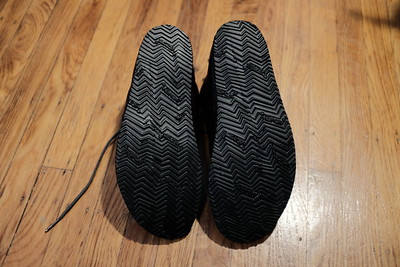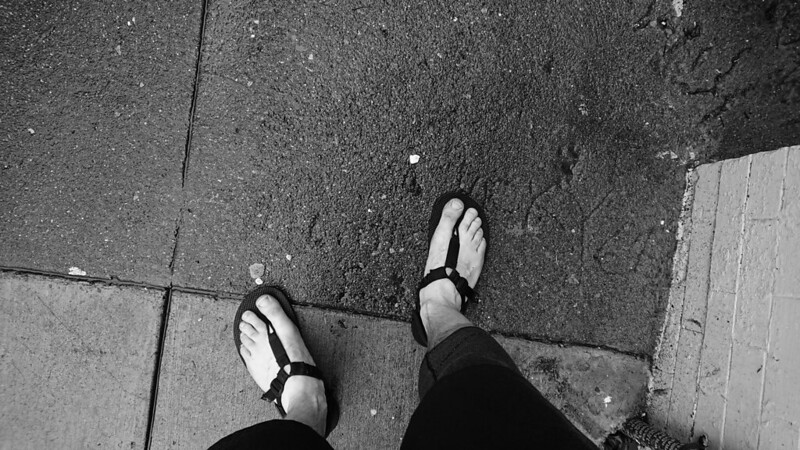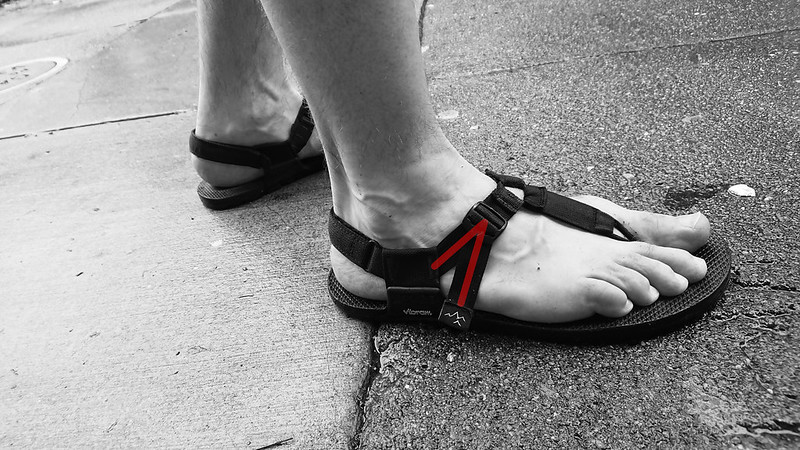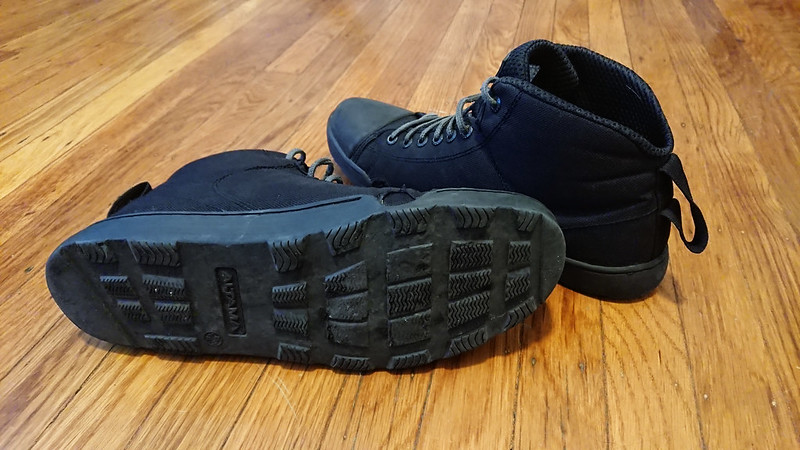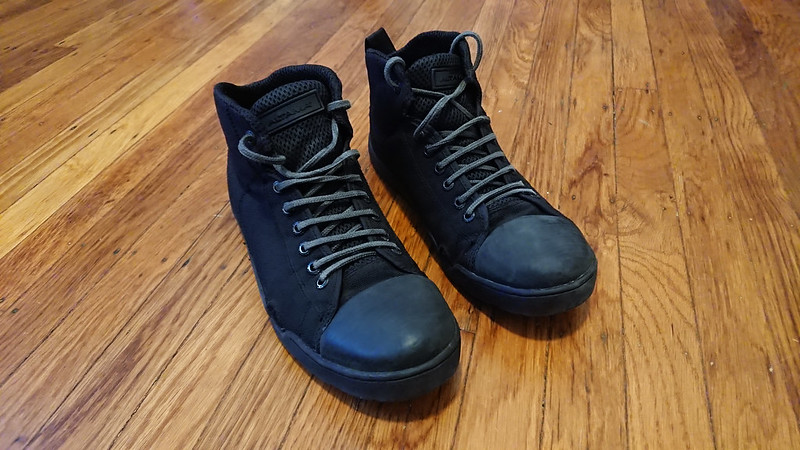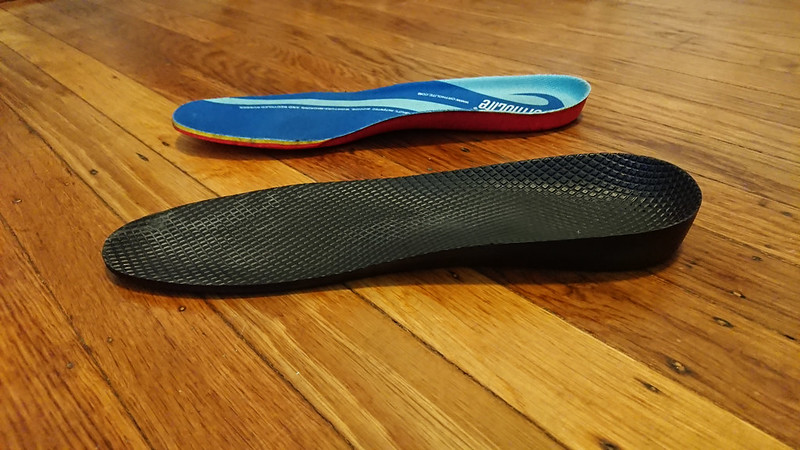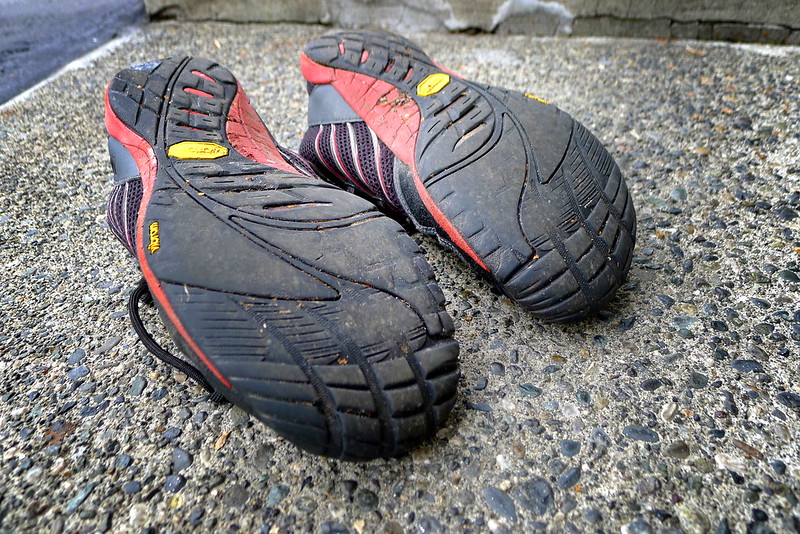Softstar Chukka Resole
The Softstar Shoes Hawthorne Chukka is one of my favorite shoes for everyday wear. I bought a pair in “Hickory” (brown) in 2016, and liked them enough that I went back and bought a second pair in “Onyx” (black) one month later. The chukkas feature a stitched leather midsole with a glued outsole, which means they are resolable. The outsole they ship with is an 8mm Vibram Super Newflex (Vibram catalog number 8868), which Softstar calls their “Geo” sole.
This past February I decided it was time to resole the brown pair. They had begun to feel a little slippery on wet concrete, and when I flipped them over to look at the bottom I could see that I had worn the rubber away completely in some spots.
When I visited my neighborhood cobbler, he did not have any sheets of Vibram Super Newflex. He did have a sheet of Vibram Newflex (Vibram catalog number 8870). I went with that.
Newflex is denser and a bit stiffer than Super Newflex, with a classic herringbone tread pattern that feels like it ought to be better for dirt. Newflex is what Softstar uses on their Dash and Primal running shoes (they call this one “Omniflex”) and is what Luna uses to build their classic Leadville Sandal, so the material has strong trail running credentials.
The resoled chukkas are probably a few grams heavier than they would be with Super Newflex rubber, and perhaps ever-so-slightly stiffer, but when wearing them I do not notice a difference in either department. With a fresh coat of Obenauf’s oil I think the refreshed shoe looks great.
I liked the Newflex sole enough that I went back to the cobbler 6 weeks later and had him resole my black chukkas. These weren’t as worn down as my brown pair, but were still worn smooth on the balls of the foot (there is a pattern here).
Resoled leather footwear is better than new. You get fresh tread, but keep your well-worn leather that has already molded to your foot. I’m looking forward to wearing both these soles down and revisiting the cobbler in another 7 years.




